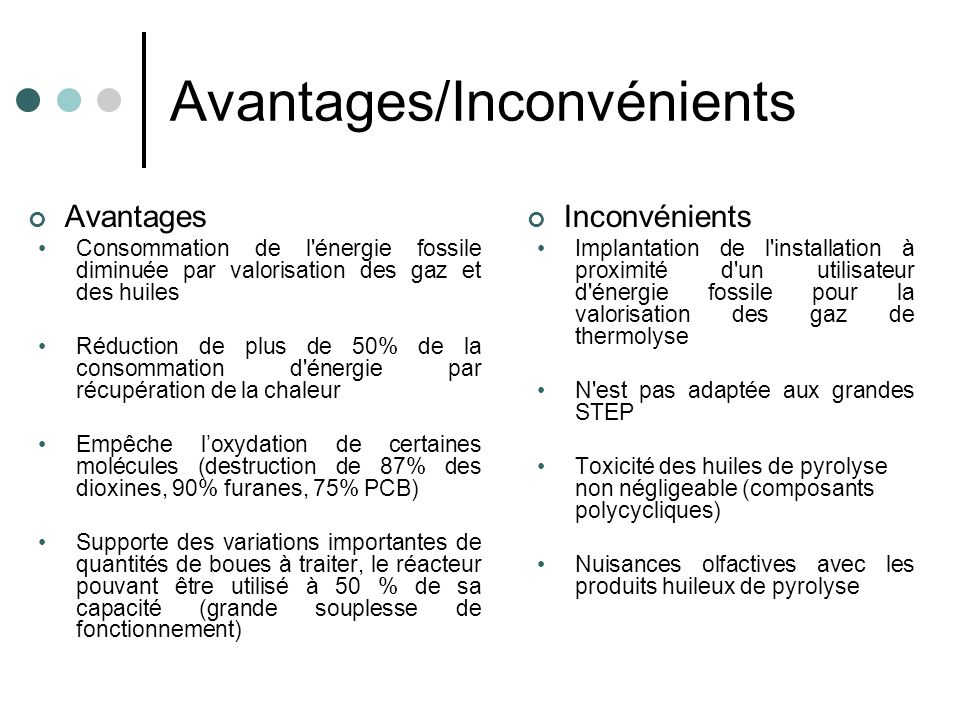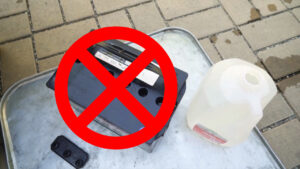Sludge pyrolysis: a promising alternative for waste treatment. Discover the pros and cons of this innovative technology, which converts sludge into useful products such as biogas, coal or oil. A sustainable solution for reducing the environmental impact of sludge management.
ACTIVATED SLUDGE PROCESS
[arve url="https://www.youtube.com/embed/qbM10T4sK1M "/]
What are the dangers of sludge from wastewater treatment plants?
Sludge from wastewater treatment plants can present a number of hazards for the environment and human health. They often contain large quantities of pathogenic micro-organisms such as bacteria, viruses and parasites. When improperly managed or treated, these sludges can contaminate groundwater and watercourses, leading to the spread of disease.
What's more, sludge from wastewater treatment plants can contain harmful chemical substances. such as heavy metals, pesticides and pharmaceutical residues. When they accumulate in the environment, these substances can be dangerous for fauna, flora and human beings. For example, they can contaminate agricultural soils and affect crop quality.
It's also important to point out that sludge from wastewater treatment plants is often used as an amendment for agricultural soils. If not properly treated, they can bring pathogens and toxic substances to cropsThis can pose a risk to food safety.
Proper management of sludge from wastewater treatment plants is therefore essential to prevent these hazards. Effective treatment systems are needed to eliminate pathogenic micro-organisms and harmful chemical substances. In addition, the use of sludge as an agricultural soil improver must be strictly controlled to guarantee soil and crop safety.
How to recycle sludge from wastewater treatment plants?
Recovering sludge from wastewater treatment plants represents an important solution in waste management and the transition to a circular economy. Sewage sludge is the residual product of wastewater treatment, and its recovery offers numerous ecological, economic and social advantages.
From an ecological point of viewsludge recovery reduces the environmental impact of traditional disposal by transforming it into a useful resource. Instead of simply being dumped or incinerated, sludge can be recycled and used in a variety of applications.
From an economic point of viewsludge recovery can generate new sources of income. For example, sludge can be transformed into organic fertilizer or used as a raw material in the production of green energy. These recovery activities can create local jobs and promote regional economic development.
From a social point of viewsludge recovery helps to raise public awareness of the importance of sustainable waste management. It also encourages the participation of local players, such as farmers, entrepreneurs and communities, in collaborative projects aimed at recovering sludge.
In conclusionThe recovery of sewage sludge represents an important opportunity to promote more responsible waste management and encourage the transition to a circular economy. It is essential to put in place favorable public policies, develop innovative technologies and encourage collaboration between the various players to maximize the benefits of this recovery.
How to treat sludge from wastewater treatment plants?
Sewage sludge is the solid residue generated during the treatment of wastewater. There are various ways of treating this sludge and making it less polluting.
The first step is to separate the sludge from the treated water. This can be achieved by decantation, filtration or centrifugation.
Once separated, sludge can be treated in a number of ways:
- Anaerobic digestion: this is a biological process in which micro-organisms break down the organic matter present in sludge, producing biogas and stabilized by-products. This process reduces the quantity of organic matter present in the sludge, making it less polluting.
- Composting: this method involves mixing sludge with organic materials such as green waste or straw, to accelerate decomposition and produce compost rich in organic matter. This compost can then be used as fertilizer in agriculture or landscaping.
- Incineration: this method involves burning sludge at high temperatures, reducing it to ash. Incineration destroys the contaminants present in the sludge and produces energy in the form of heat or electricity.
- Landfill: some sludge can be buried in specially designed sites. However, this method is being used less and less because of its impact on the environment.
It's important to note that the treatment of sewage sludge must be carried out in a regulated way, to guarantee safety and environmental protection.
How to increase sludge dryness?
There are several effective methods for increasing sludge dryness. One of these is heat treatmentwhich involves heating sludge to reduce its water content. This can be achieved by processes such as anaerobic digestion or incineration. In anaerobic digestion, sludge is heated in a digester to promote the degradation of organic matter by bacteria. This process significantly reduces the amount of water contained in the sludge.
Another commonly used method is mechanical dehydration.. This technique involves the use of filters or centrifuges to separate the water from the sludge. Sludge is usually pre-treated with flocculants to facilitate this process. Once dewatered, sludge can be used as a raw material in various applications, such as fertilizer or fuel production.
It is important to note that increasing sludge dryness offers a number of advantages. Firstly, this considerably reduces the volume of sludge, making it easier to transport and store. In addition, drier sludge is generally easier to handle and process further. Finally, increased dryness can also help reduce sludge treatment costs, in particular by minimizing energy requirements.
In a nutshell, sludge dryness can be improved by methods such as heat treatment and mechanical dewatering. These techniques make it possible to reduce the water content of sludge, which offers numerous practical and financial advantages.
In conclusion, sludge pyrolysis offers a number of advantages benefits and disadvantages. On the one hand, this technology considerably reduces the volume of sludge, enabling us to obtain various useful products such as coal, gas and liquids. In addition, it enables sewage sludge to be valorized by transforming it into an energy resource, thus contributing to the transition towards a circular economy.
On the other hand, sludge pyrolysis requires significant investment in equipment and infrastructure. What's more, it generates greenhouse gas emissions and liquid effluents that can be harmful to the environment if not properly treated. It is therefore crucial to implement measures to prevent and control the environmental impact of this technology.
Finally, it should be stressed that sludge pyrolysis cannot be considered as a single solution for sewage sludge management. It needs to be seen in a broader context, integrating other approaches such as source reduction, recycling and recovery of the nutrients contained in sludge.
All in allSludge pyrolysis offers interesting opportunities for waste management, but must be implemented with care to minimize its environmental impacts and maximize its potential benefits. A holistic, multi-dimensional approach is needed to find sustainable, environmentally-friendly solutions in this field.








